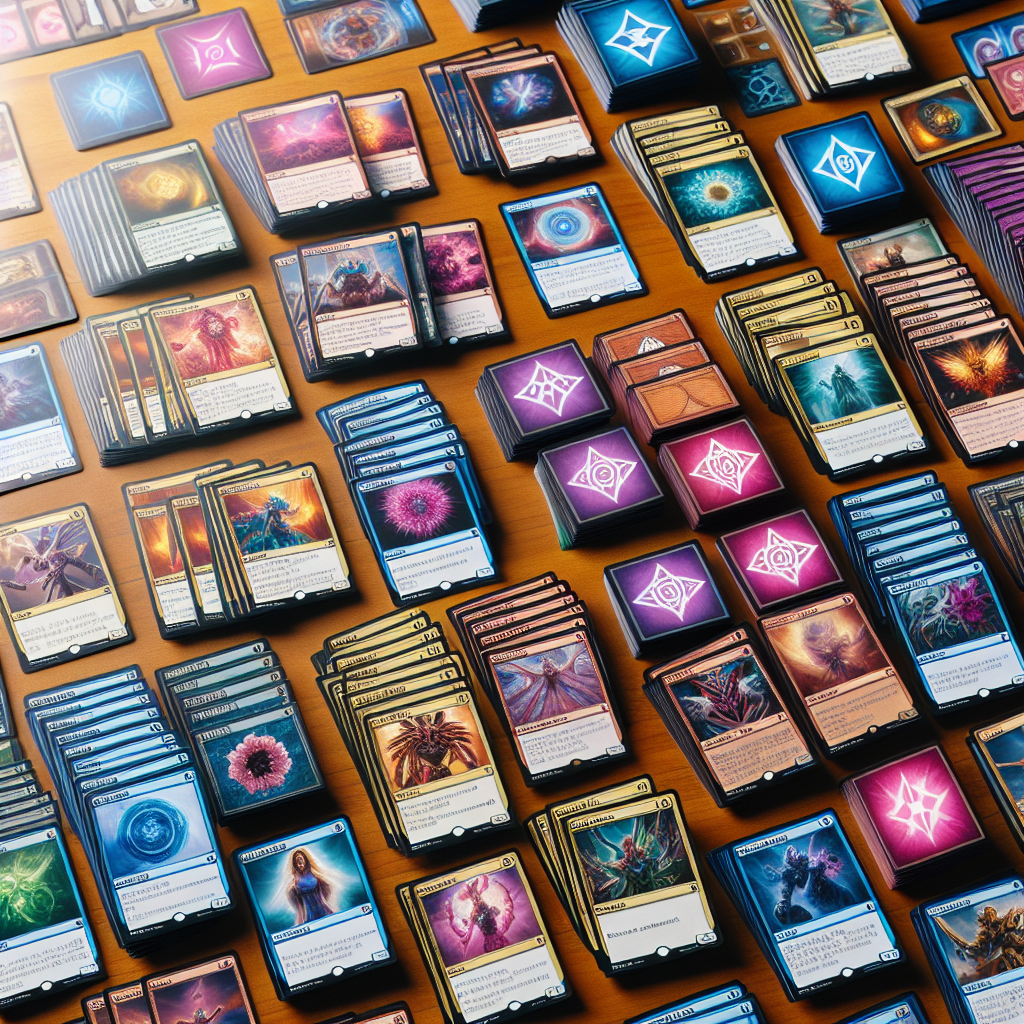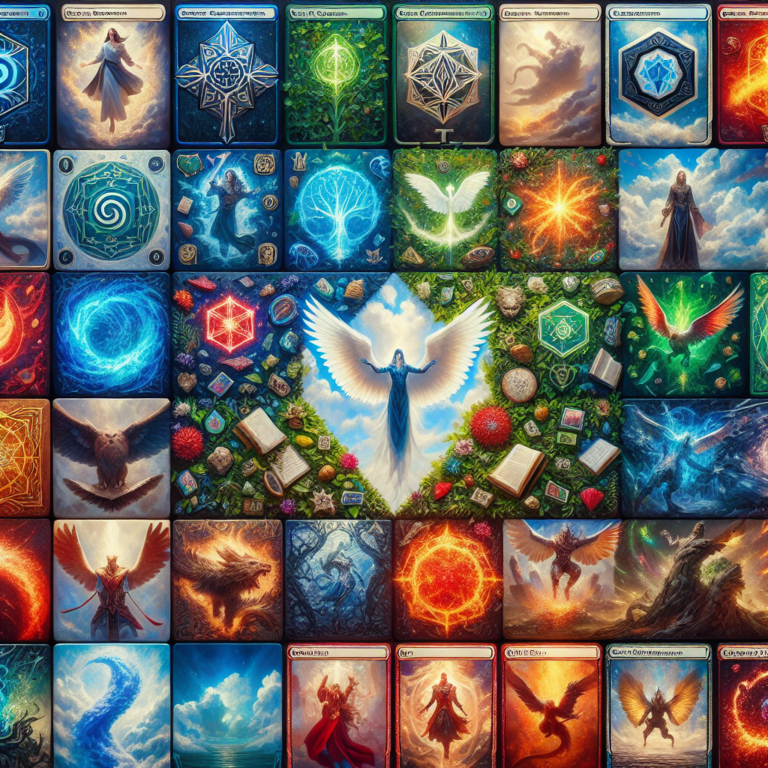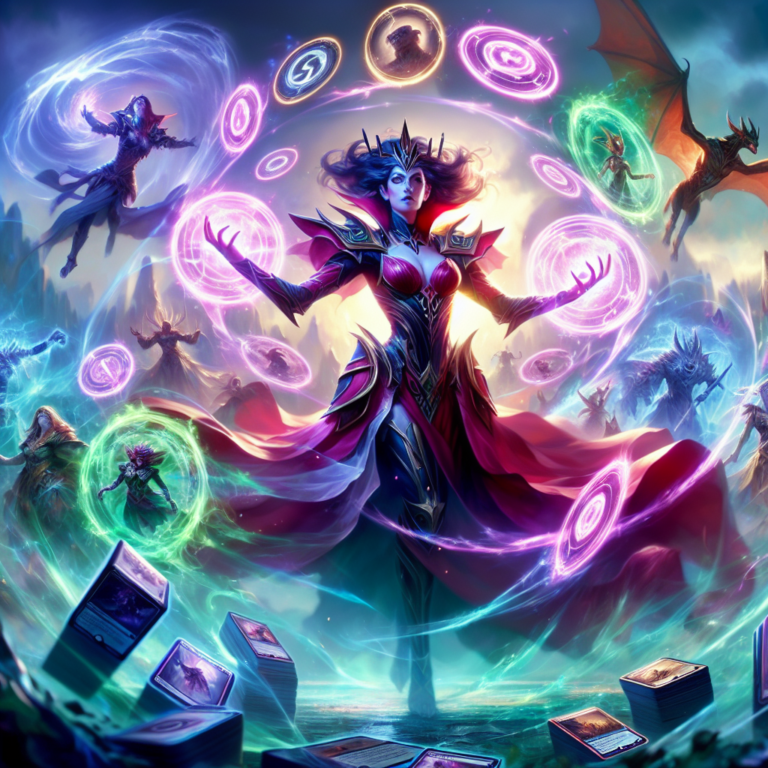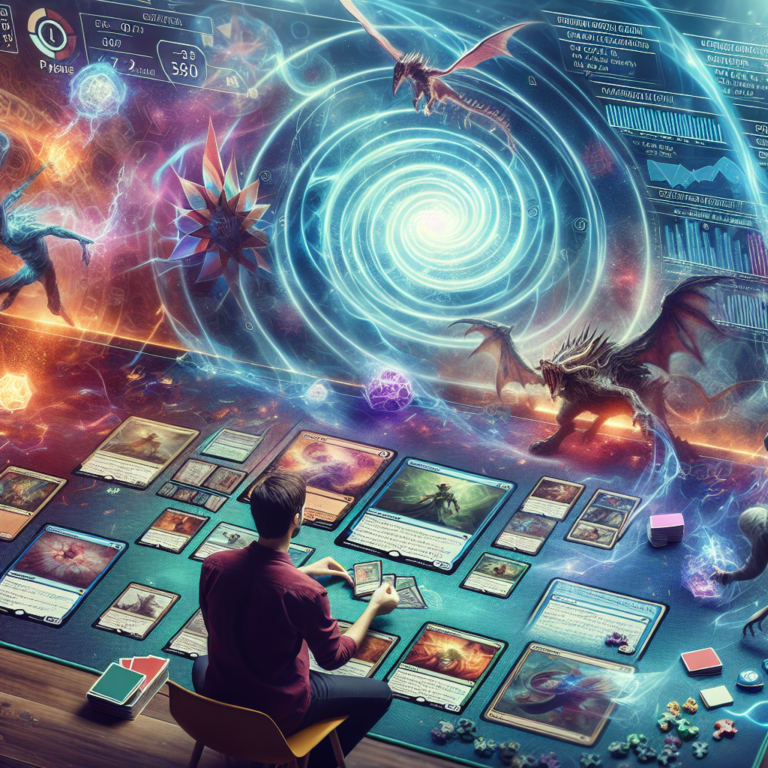Crafting MTG Deck Lists: Strategies for Success
Magic: The Gathering (MTG) is a rich and complex trading card game that has captivated players for decades. One of the crucial aspects of the game is crafting and understanding MTG deck lists. Whether you’re a beginner or a seasoned player, creating a powerful and efficient deck is both an art and a science. In this article, we’ll dive into detailed strategies and tips for building effective MTG deck lists that can enhance your gameplay experience and competitiveness.
Understanding the Basics of MTG Deck Lists
At the core of every Magic: The Gathering game is the deck. An MTG deck list outlines the specific cards you have chosen to include in your deck. There are various formats and rules that dictate how you can build your deck. Let’s start by understanding some of the fundamental concepts:
Types of Decks
Magic: The Gathering decks can be broadly categorized into several types based on their strategies and win conditions:
- Aggro Decks: These decks aim to reduce an opponent’s life total to zero as quickly as possible using fast, aggressive creatures and spells.
- Control Decks: Control decks focus on neutralizing threats and dominating the late game with powerful cards.
- Combo Decks: These decks rely on specific card combinations that can outright win the game or create an overwhelming advantage.
- Midrange Decks: A blend between aggro and control, midrange decks seek to gain tempo and value over the course of the game.
Formats in MTG
Magic: The Gathering has multiple formats, each with its own set of rules and card pools. Some of the most popular formats include:
- Standard: A rotating set of recent card sets, ideal for new players and competitive play.
- Commander (EDH): A casual, multiplayer format where each deck is led by a legendary creature, and all cards must be unique except for basic lands.
- Modern: A non-rotating format that includes cards from Eighth Edition onwards.
- Legacy: A format with an extensive card pool, allowing powerful old cards but with a restricted list to maintain balance.
- Pioneer: A relatively new format allowing sets from Return to Ravnica onwards.
Strategies for Building Effective MTG Deck Lists
1. Define Your Win Condition
The first step in building any deck is to define its win condition. Ask yourself how you plan to win the game. Are you going to overwhelm your opponent with creatures? Control the game until you can drop a game-ending bomb? Or perhaps you have a combo that can win instantly. Knowing your win condition helps you focus your deck around achieving that goal efficiently.
2. Optimize Your Mana Base
A stable mana base is crucial for the consistency of your deck. Here are some tips for optimizing your mana base:
- Select the right number of lands: Typically, an average deck runs between 20-26 lands depending on the curve and color requirements.
- Use dual lands and fetch lands: These lands can produce multiple colors, making it easier to cast your spells.
- Mana fixing: Cards like Arcane Signet and Farseek help in smoothing out your mana curve by fetching or producing the colors you need.
3. Balance Your Card Types
A well-rounded deck often contains a good mix of creatures, spells, and lands. The proportions can vary based on your deck type:
- Aggro: Around 30-35 creatures, 8-10 spells, and 22-24 lands.
- Control: 6-12 creatures, 20-25 spells, and 26-28 lands.
- Combo: 12-20 creatures, 15-25 spells, and 20-24 lands, depending on the specific combo requirements.
4. Card Draw and Selection
Having access to card draw and selection ensures you don’t run out of gas. Cards like Opt, Divination, and Fact or Fiction help you dig deeper into your deck and find the answers you need.
5. Include Removal Spells
Every deck should have some form of interaction to deal with opponents’ threats. Removal spells like Path to Exile, Lightning Bolt, and Fatal Push are essential in keeping the board state manageable.
Tips for Tuning and Testing Your Deck
1. Playtesting
Once you’ve built your deck, it’s essential to test it in actual games. Playtest against various archetypes to understand its strengths and weaknesses. Take note of which cards consistently perform well and which ones do not.
2. Sideboarding
In formats that allow sideboards, having a well-thought-out sideboard plan can be the difference between winning and losing. Include cards that can help you against specific matchups and be ready to adjust your main deck strategy accordingly.
3. Adjusting for the Meta
The MTG metagame is constantly shifting. Pay attention to what decks are currently popular and adjust your deck list to handle those matchups. This might involve swapping out certain cards or even changing your overall strategy.
Conclusion
Building effective MTG deck lists is a highly rewarding and intricate process. By understanding the basics, choosing the right strategies, and continuously tuning your deck, you can enhance your performance and enjoyment of Magic: The Gathering. Remember, each deck is a personal expression of your playstyle and creativity, so have fun with the process and keep experimenting!







